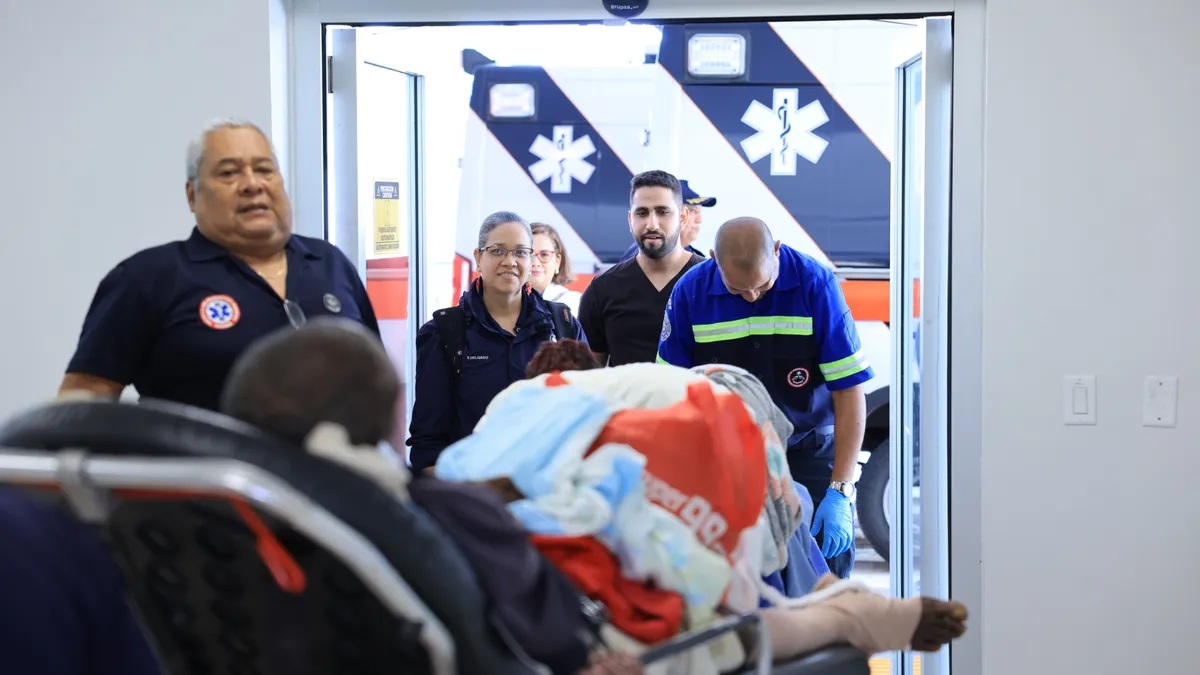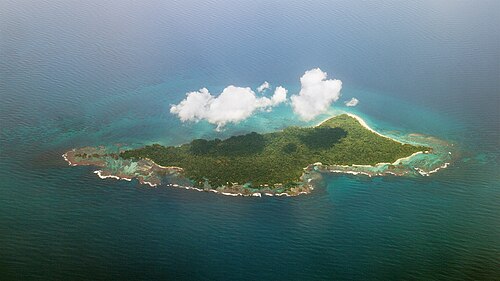Mixed reviews on Panamas public transit

Few will regret the disappearance of the noisy, polluting and, in the words of President Ricardo Martinelli, “Obsolete and highly dangerous” diablos rojos.
 Solving the transportation mess in the capital city was an early priority of the present administration leading to the Metro project, involving the creation of the Metro Bus system to replace the diablos rojosand a subway system to transport thousands of people from Panama's outlying neighborhoods to the city each day.
Solving the transportation mess in the capital city was an early priority of the present administration leading to the Metro project, involving the creation of the Metro Bus system to replace the diablos rojosand a subway system to transport thousands of people from Panama's outlying neighborhoods to the city each day.
But, says a La Prensa study, after 21 months of operation, there are more complaints than applause for the Metro bus. Users consulted at different stops in Panama City and San Miguelito say there is a lack of coordination for popualr routes, inadequate bus stops and leaks inside the buses
The process has been questioned by public transport users, pedestrians and drivers who suffer from the problems caused by the construction of the Metro.
Authorities argue that once completed, Panama will have a system of urban mobility that will optimize resources and improve the quality of life of
On July 22, 2010, then Minister of the Presidency Demetrio Papadimitriu said that public transport is one of the biggest problems facing the city, especially because of the growth that it has experienced.
Papadimitriu said that the Metro bus system, which would not only have new buses, but a whole new organization that would address problems in the existing operation which had diablos rojos racing each other through crowded streets to pick up passengers.
The highlights of the system were to be dedicated lanes, pre-paid user cards and other benefits, notably short commutes. It would also mean the end of the diablos rojos, viewed as the reason for many of the public transportation's safety issues.
The Metro buses began operating on Dec. 28, 2010 are larger than the antiquated school buses they replaced and have the capacity for elderly and disabled passengers. To date, there are 900 buses on the streets, though transit officials say the optimal number is really 700. The biggest problem so far is the reduction of passenger loads as many riders refuse to stand on the buses. .
In response to early complaints about the service, Iván Posada, general manager of Mi Bus, which runs the system, said that "sometimes people would like the changes to be made more quickly, but structural changes of culture and habits takes time."
He made these comments at a press conference held by the government to discuss public concerns , but has not commented publicly about the issues since then.
Despite the criticism of the system, Papadimitriu, who left the government inJuly, called the Metro bus system a "national emblem."
"A transport system that improves the quality of life of the residents has become a reality," he wrote in La Prensa two months ago, adding that the most important step forward has been in the safety of passengers.
But complaints about long delays waiting for buses even in the early hours of the day, non functioining air conditioning equipment, and some drivers still thinking they are behind the wheel of a diablo rojo, continue to pour in.
The blame for the delays is placed upon the multiple road and bridge construction projects happening at the same time as the building of the metro, in a city bounded by water on two sides, with no way to avoid the major traffic snarls.
Some commentators put the blame on the lack of forward planning, and others on the rush to do everything at once as a political objective.
The best we can hope for is an easing of traffic jams in the next two years, while some 4,000 new cars a month roll out of dealer showrooms. Year long meetings between transit authorities and business representatives failed to produce any answers to the traffic snarl problem, other than asking drivers and passengers to learn patience.





